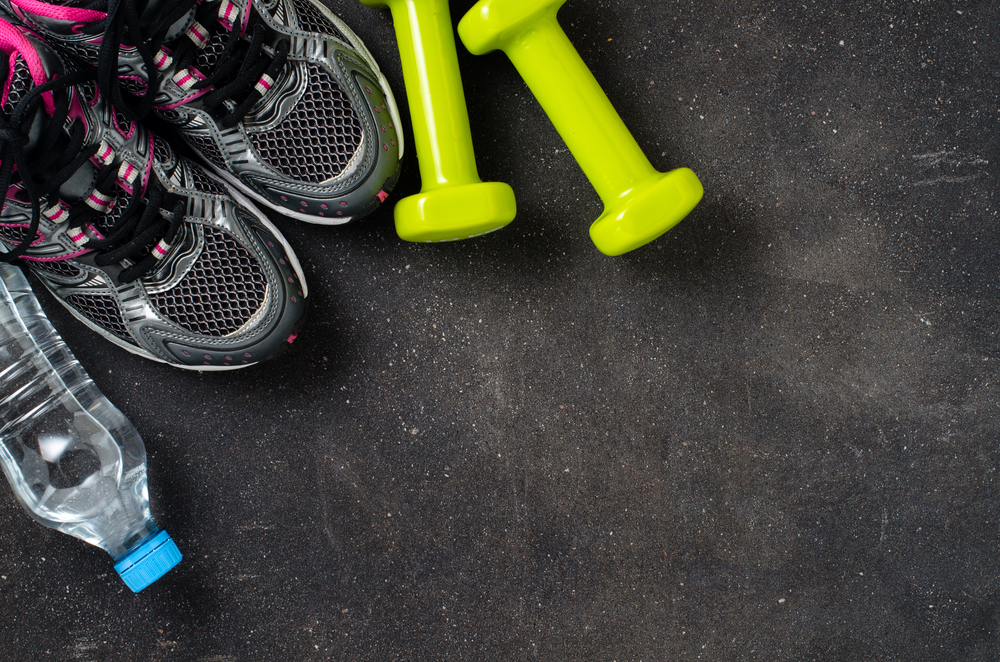Physical fitness refers to the ability of a person to perform some physical activity. It is about the natural condition that humans have to do any activity. Physical fitness is something that a person develops with work and effort to improve said physical fitness—over time. Any fitness quality can be improved through practice, consistency and effort.
You will find that most every trainer, consultant, and spiritual mentor will suggest that people incorporate a lifestyle involving fitness and physical activity. Meredith Atwood (@SwimBikeMom) is a prime example of an author, writer, podcaster, and 4X IRONMAN triathlete who inspires thousands of people to take control of their lives, cut down on all pursuits, things, and distractions which are hampering their progress—and physical fitness is a large part of this journey. Her book, The Year of No Nonsense, is her treatise about teaching others to get out of their own way. This is especially true in the realm of physical fitness.
“Learning to strengthen all aspects of fitness will make you not only a stronger athlete, but a better and happier person—truly—because you are living your best life,” Atwood says.
Let’s delve a little deeper into some components of physical fitness: aerobic capacity, flexibility, strength and endurance.
Aerobic capacity
Aerobic capacity is the body’s ability to perform long-term physical activities, as well as being of low or high intensity with an estimated time of three to four minutes.
Aerobic activities do not need great physical effort. The most important is the duration of each of them. This type of training is mainly responsible for removing accumulated fat from the body. Someone who exercises in this way will notice how his measurements change, especially near the waist.
Flexibility
Flexibility is the ability of muscles to stretch without damaging them in any way. Flexibility is dependent on muscle elasticity and joint mobility in the body.
However, there are many factors that also help flexibility. They are genetic inheritance, age, the smaller you are in age, and how elastic your body is. For physiological reasons, women have more flexibility than men.
Other important factors are the ambient temperature and the muscular temperature, a preheating is always essential before taking on any type of physical activity and never requiring the muscles too much, since this would cause great damage in them, in some cases even irreversible.
Other components
In addition to being composed of these two factors, physical fitness also develops from:
Muscular endurance: Muscle endurance is the number of times that you take in each workout, that is, the body itself has resistance in itself, but you must carry out the resistance in the upper body repeatedly.
Muscle strength: It is the ability of a muscle to perform a certain amount of force to achieve better resistance in a single effort.
Joint mobility: In joint mobility, muscles, bone structure, tendons, and ligaments are involved. It is necessary that the joints be strengthened through physical activity, so if they are not in good condition, other factors, such as muscular endurance, cannot be trained.
Elongation of muscles: It is the most important before doing physical activity. Stretching and relaxing the muscles by elongating them prevents us from future injuries and damages, it is about preparing the body to strengthen it.
Anaerobic potential: They are the activities of reduced time and with a great level of intensity.
Muscle power: It refers to the amount of training and work done in a certain amount of time. In athletes, it is very important to have good training of muscular power, since with it they will be able to excel in certain activities.
